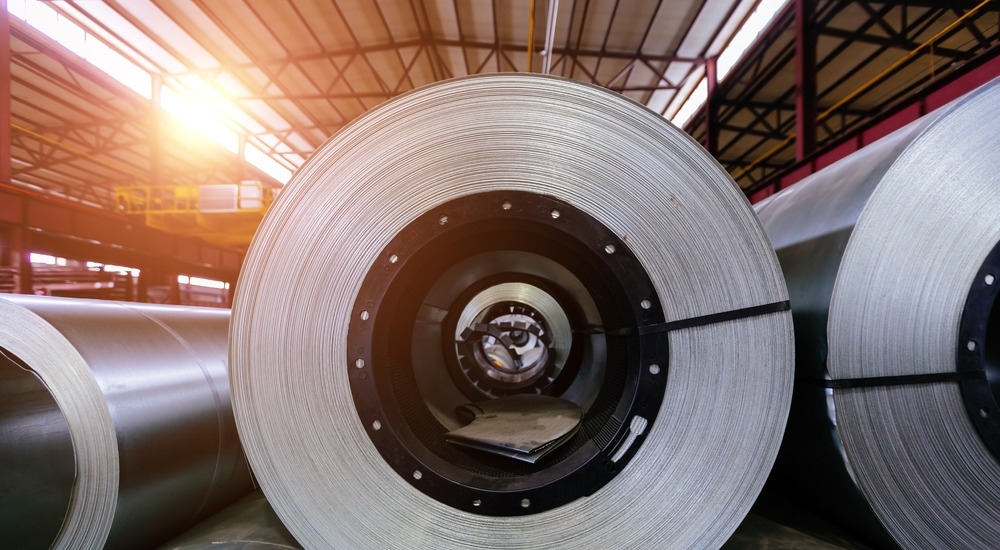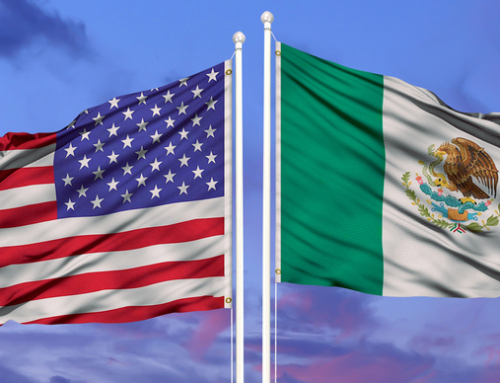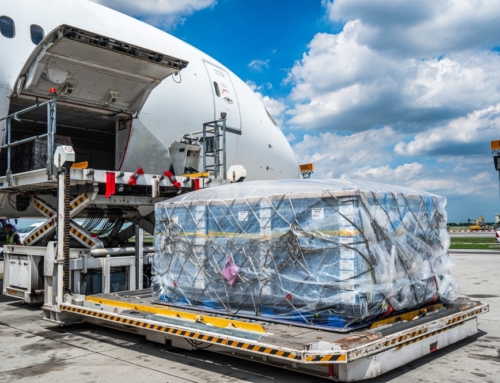The United States and the European Union announced a steel- and aluminum-based agreements by 2024 that would encourage investment in green steel production by ensuring a competitive industry and exclude metals that do not comply with market principles. Furthermore, carbon intensity in these sectors is being considered to create a profile of the emissions associated with the electricity supplied to the manufacturing plant.
However, during the February 13th Washington International Trade Conference on Climate Diplomacy and Trade, leaders in international trade started to discuss the meaning of “green steel/aluminum” and what it implies.
CARBON BORDER ADJUSTMENT MECHANISM
The EU is already working on a trade policy called the Carbon Border Adjustment Mechanism (CBAM) that includes a tariff on carbon-intensive products: steel, aluminum, fertilizers, cement, and hydrogen, among others while incentivizing greener processes. However, there are doubts about the administrative feasibility or environmental effectiveness due to the compatibility of the rule with the World Trade Organization (WTO).
GREEN STEEL AND ALUMINUM
The EU and U.S. do not want to contribute to imports that are detrimental to the environment and want to start exploring clean energy technologies. Additionally, they are willing to add other countries that commit to these principles to reduce trade in carbon-intensive steel and aluminum products.
The Organization for Economic Co-operation and Development (OECD) considers that turning to such technologies involves sourcing critical raw materials concentrated in a few countries worldwide. Therefore, sourcing these materials will have to be part of the agenda over the next few years.
Stay up-to-date on freight news with Green’s Weekly Freight Market Update by following us on Facebook, Instagram, and LinkedIn. For continuous updates, make sure to check out our website at greenworldwide.com.







